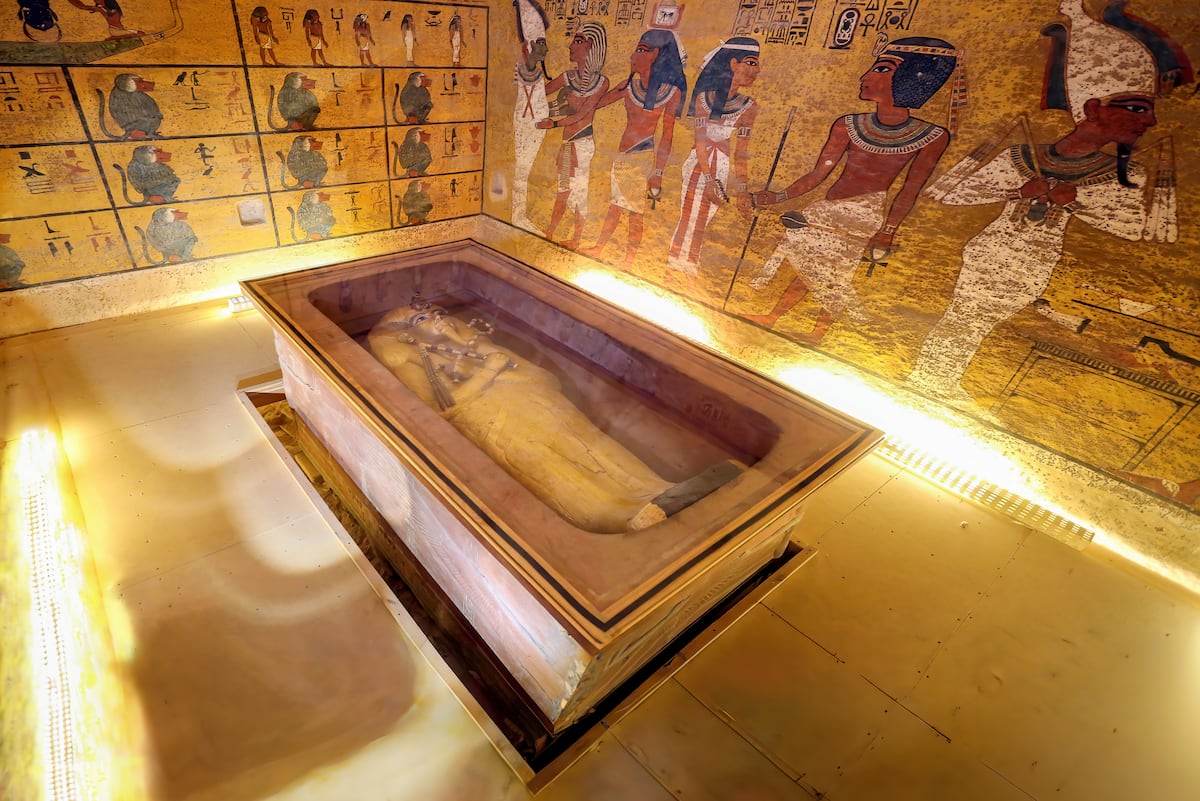
"The first study suggests that, far from being designed to simply accommodate emblems, the troughs may have actually been libation bowls that were part of a funerary rite associated with Osiris."
"Tutankhamun's burial chamber appears to have been arranged to recreate a funerary rite later known as the Awakening of Osiris, in which Horus awakens the deceased so that he can rule in the afterlife."
The discovery of Tutankhamun's tomb in 1922 revealed significant artifacts and burial practices of ancient Egypt. Among the overlooked items were four clay trays, previously believed to support emblems. Recent studies propose alternative uses, indicating these trays may have functioned as libation bowls for rituals dedicated to Osiris, the god of the afterlife. This reinterpretation highlights the complexity of Tutankhamun's funerary rites, suggesting his burial was arranged to evoke the Awakening of Osiris, a ceremony where Horus aids the deceased in their transition to the afterlife.
Read at english.elpais.com
Unable to calculate read time
Collection
[
|
...
]